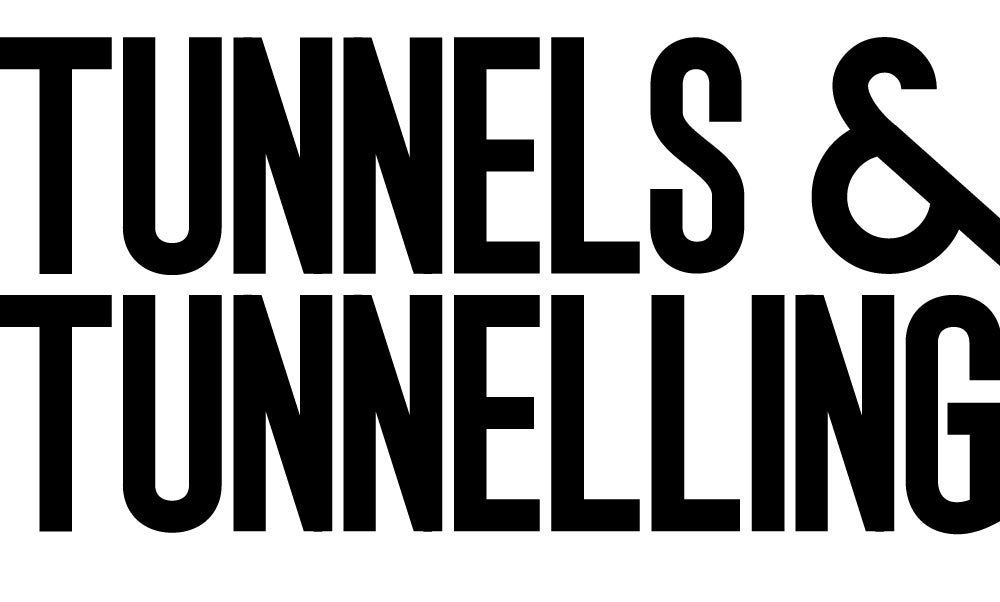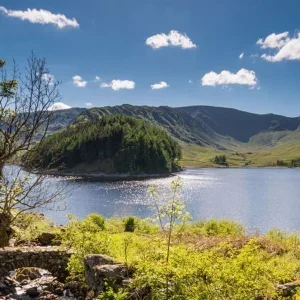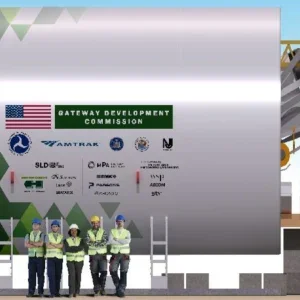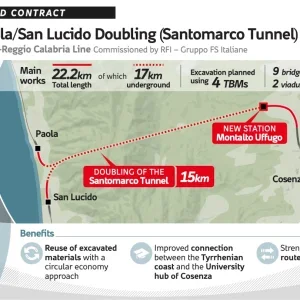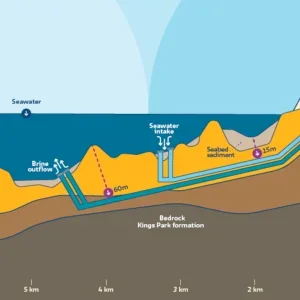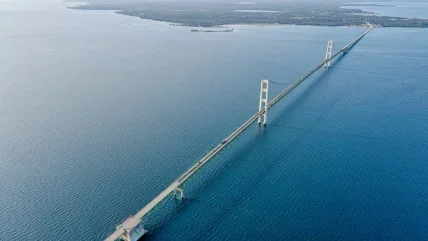
The tunnel would house a replacement for the more than 70-year-old Line 5 light crude oil and natural gas pipelines currently lying on the lakebed. The Straits of Mackinac connects the Great Lakes of Lake Michigan and Lake Huron.
In a submission to Michigan’s Department of Environment, Great Lakes, and Energy (DEGLE), the Mackinac Center for Public Policy said the project ensures energy security, economic stability, and environmental protection for Michigan and the Midwest.
The Center says the tunnel safeguards the economic viability of the line and cites the US Army Corps’ draft Environmental Impact Statement acknowledging the potential for the tunnel to enhance safety by mitigating the risk of anchor strike.
The project has been opposed by environmentalists and Native American tribes concerned about the potential risk to the Great Lakes but the Mackinac Center says rail and road transport entail higher risks of spills than pipelines.
It also says there is public and business support for the project.
“The Mackinac Center urges the Michigan Department of Environment, Great Lakes, and Energy to approve the project, ensuring energy reliability and protecting the Great Lakes,” it says.
Following the NFIB’s submission, state director Amanda Fisher said the Great Lakes Tunnel would provide economic benefits for businesses.
“Ensuring the Great Lakes Tunnel project receives the necessary permits to begin construction is an important step to helping our main streets keep costs manageable,” she said.
“After years of review, study, and input from every angle, the case for the tunnel has never been stronger. This is a shovel-ready project with broad public support, meaningful economic benefits, and a private funding source that won’t touch a dime of public money.”
The NFIB said since the permitting process began five years ago, there have been more than 40,000 hours of survey work in the Straits. State and federal agencies have worked closely with industry to develop plans that mitigate the impact to the environment, natural resources, and the surrounding communities during and after construction.
Following the public consultation, the DEGLE will issue a determination on the permits. The US Army Corps of Engineers is expected to issue a final environmental impact statement and permitting decision later this year.
